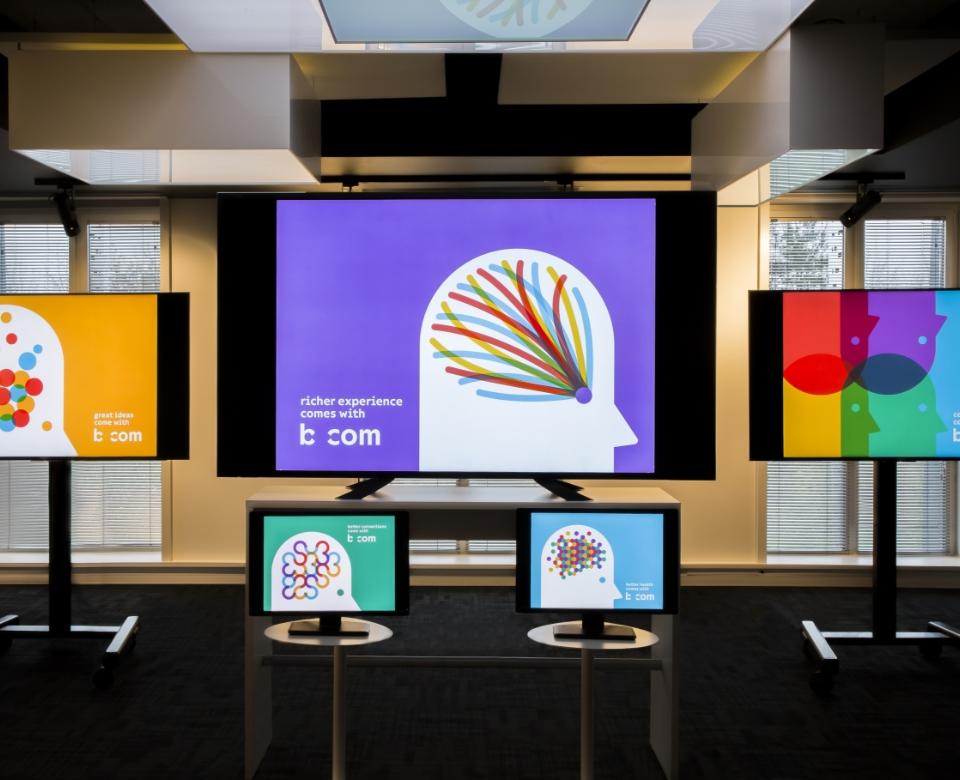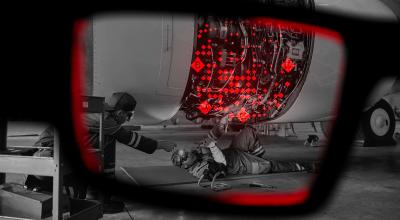11.23.2015
Toward Optimal Bitrate Allocation in the Scalable HEVC Extension: Application to UHDTV
Scalable video encoders compress a single video sequence to produce a bitstream composed of several layers, corresponding to different temporal, spatial and quality representations of the input video sequence. This technique improves the coding efficiency compared to simulcast encoding of each representation by exploiting additional correlations through inter-layer predictions. The latest…
read the publication






